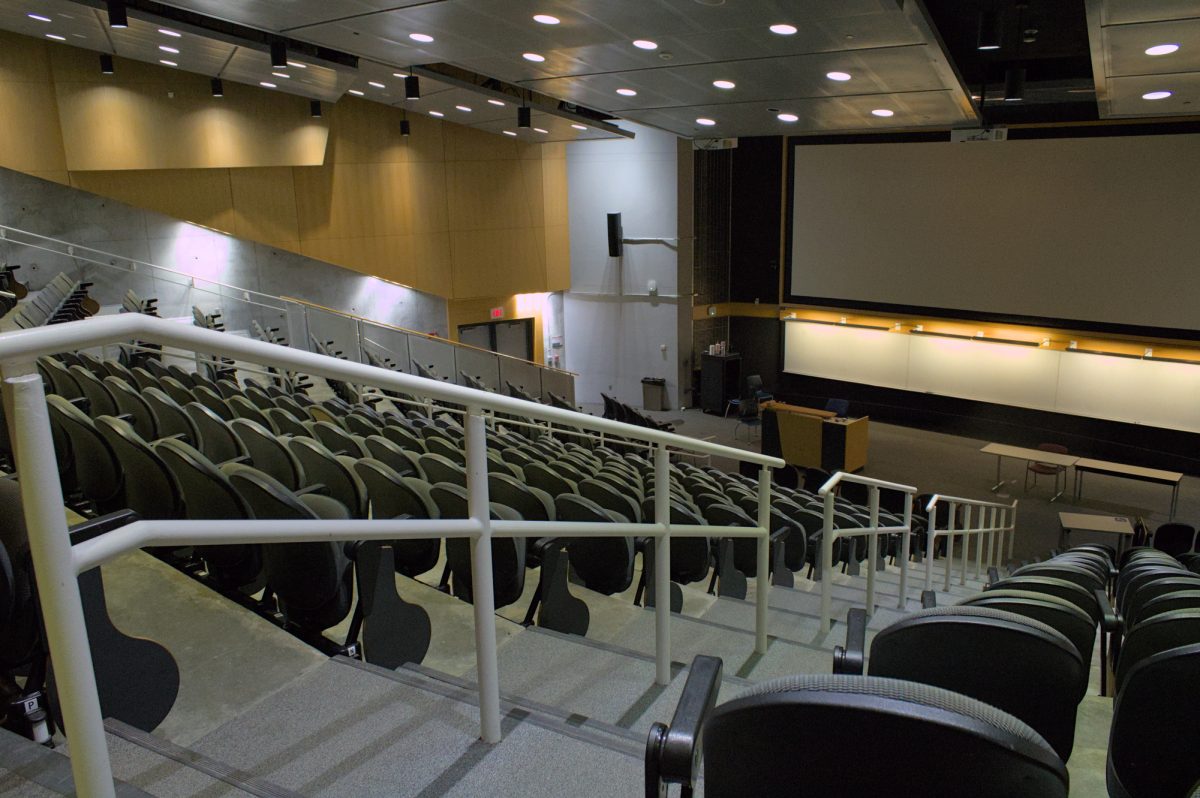Towers demolition goes smoothly in front of 10,000 viewers
July 18, 2005
Updated 1:18 p.m. CDT
¯ Watch a video of the implosion
:57 second [3.5mb] file in Windows Media
It took Knapp and Storms Halls approximately 12 seconds to collapse, leaving a billowing cloud of dust, 8,500 tons of rubble and 10,000 spectators, some speechless, some cheering. At almost 10:05 a.m., near-simultaneous explosions caused by 60 pounds of dynamite and PETN explosives ripped through the second, fourth and seventh floors of each building. Moments later, columns supporting the base of the towers on the ground floor were ripped away sequentially from south to north, causing the buildings to twist in on themselves and collapse.
“We used alot of locations on the upper floors so it would break the debris up better,” said Doug Loizeaux, vice president of demolition subcontractor Controlled Demolitions, Inc. of Phoenix, Md. All that remained intact after the implosions were the skylights on the roofs of the buildings, and signs advertising hall names at the bases of the buildings.
Kerry Dixon-Fox, architect for facilities planning and management, said hall signs, which were removed before the demolition, as well as other potential memorabilia belonged to demolition contractor Peterson Contractors Inc., Reinbeck.
“They’ve been discussing a possibility of giving them to the Alumni Association,” she said.
Loizeaux said ground vibrations caused by the collapsing buildings were well below the speed needed to cause damage to nearby buildings. He said seismographs measured vibrations of .3 inches-per-second, well below the one to two inch-per-second damage threshold.
It took the dust approximately fifteen minutes to settle into a thin layer on nearby homes and vehicles, leaving only traces of the huge cloud seen seconds after the buildings collapsed.
“Any time you do any type of demolition, you have dust,” Loizeaux said.
Dixon-Fox said the demolition went off smoothly, thanks to 18 months of planning. Two other methods of demolition that could have been used were a wrecking ball and a “mechanical” method, although neither would have been as efficient as demolition, she said. The wrecking ball was ruled out because it would have taken three to six months per building. The mechanical method, Dixon-Fox said, involves machines being used to take apart the buildings floor-by-floor, and would have been the most expensive.






